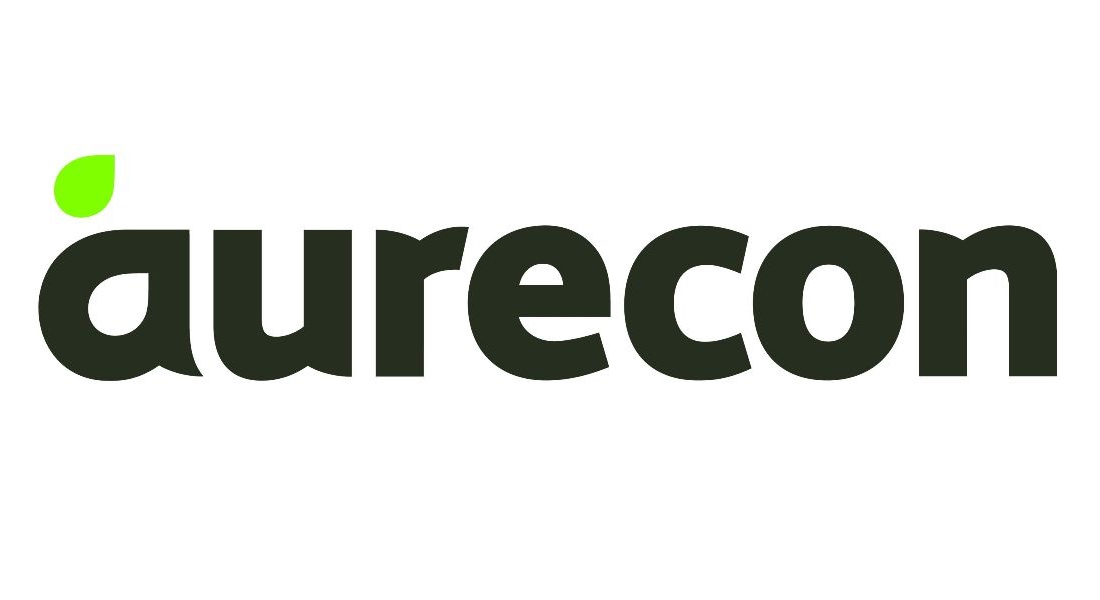
This is a post in a series of case studies focusing on companies that have used LEGO Serious Play to help solve real challenges they were facing. This week it’s Problem Solving!
THE BRIEF
Pivotal Play (the playful consultancy I run in Australia) was contacted by a global professional services company to help address several workforce issues that had been highlighted in their recent employee engagement survey.
We were asked to run a workshop using the LEGO Serious Play method for a working group to help them explore and understand the issues better, focus in on one of them and start to develop solutions.
WHAT WE DID
We ran a 3 hour problem solving workshop using LEGO Serious Play for the 10 people in the working group. Because of the size of the group we split them into two groups of five, but cross pollinated ideas and discussion between the groups at numerous times throughout the session.
The high level plan was:
- Choose one area to address
- Build understanding of the problem
- Brainstorm solutions
- Decide on 1-2 solutions
- First steps to implement
To choose one area, we took the 4 issues from the engagement survey, put each one on a card, gave each person two special voting bricks and ask them to vote for the area(s) they wanted to address in the workshop. They chose to work on the issue of career opportunities. Their survey showed a low score on “I have a clear understanding of the career paths available to me”.
To build understanding of the problem, we let them loose with the LEGO and asked them to build models representing the key factors that were driving this issue. After building and sharing, we got the groups to capture this information and started to build a picture of why this issue was occurring.

To brainstorm solutions, we asked them to build a model representing a way to improve the current situation and move it closer to the ideal state (the “I have a clear understanding of the career paths available to me” statement from the survey). Once the individual models were built, we got the groups to combine their models into a “solution-scape”. Placing similar ideas / themes near each other.
To decide on 1-2 solutions to implement, the group surveyed all the solutions (conveniently laid out on the table in front of them in Lego models) and assessed them via particular criteria such as likelihood of success and impact.
To outline first steps to implement we finished off the session with commitments to very specific actions and very clear ownership of the proposed solutions. The group was to meet again in two weeks to assess progress against these actions.
THE RESULTS
In three short hours we took a group from knowing that there was a high level issue to address through to actionable solutions.
They chose two solutions: The first was to implement a shadowing program to allow people to understand what other roles and levels do on a day to day basis. This would give people a real / truer sense of the career paths and roles available.
The second solution was around the theme of empowerment. The group felt the reason why there was no clarity on career paths was that people didn’t feel comfortable going out and seeking that information, asking for feedback, questioning people. So the first step to changing that culture was for the working group to embody that change. Be the exemplar, seek information, ask for feedback, question people. From that experience develop up a set of characteristics and train up a network of people to drive that change.
So in the end Lego Serious Play helped this group understand the problem better, shape the available solutions, decide on some actions and implement. The best thing was the whole group was engaged in creating this outcome. You could see the increased commitment and ownership to go out and implement their solution.
